San Marino Stamps year 1961 Hunting in the 16-18th Century MNH**
Hunting in the 16th to 18th centuries was a significant activity across Europe and beyond, serving purposes beyond mere survival. It was deeply tied to social status, politics, culture, and sport.
1. Hunting as a Symbol of Power and Nobility
- Reserved for the Aristocracy: In most European countries, hunting was restricted to royalty and the nobility. Commoners were often banned from hunting in royal forests.
- Elaborate Rituals: Hunts were highly ceremonial, often involving large processions, trained servants, and specially bred hunting animals.
- Royal Game Reserves: Kings and noble families maintained private hunting grounds, such as France’s Versailles hunting forests or England’s Windsor Great Park.
2. Types of Hunting
- Par force hunting (Chase hunting) – Involved mounted hunters and packs of hounds pursuing large game like deer and boars. It was common among European nobility, especially in France and England.
- Falconry – The use of trained birds of prey (falcons, hawks) to catch smaller animals like rabbits and birds. This was popular among both European and Ottoman aristocrats.
- Stalking and Shooting – A more refined form of hunting where individuals used firearms (by the late 17th century) to shoot game from a distance.
3. Weapons and Equipment
- Bows and Crossbows – Still in use in the early 16th century but gradually replaced by firearms.
- Matchlock, Wheellock, and Flintlock Muskets – By the late 17th and 18th centuries, flintlock guns became the standard hunting weapon.
- Hunting Dogs – Specialized breeds such as bloodhounds, greyhounds, and pointers were trained for different types of hunting.
- Horseback and Carriages – Elite hunters rode specially bred horses or were carried in carriages during grand hunts.
4. Game Animals
- Deer – The most prestigious quarry, particularly red deer and fallow deer.
- Boar – Hunted for both sport and food, especially in France and Germany.
- Foxes – Fox hunting became a refined sport in England, particularly in the 18th century.
- Birds – Pheasants, partridges, and ducks were commonly hunted using falcons or shotguns.
5. The Role of Hunting in Society
- Political and Diplomatic Tool – Monarchs used grand hunting events to impress foreign ambassadors and consolidate alliances.
- Training for War – Hunting was seen as an essential skill for military training, teaching young noblemen discipline, endurance, and combat tactics.
- Economic Factor – Furs, meats, and hunting-related crafts contributed to local economies, particularly in regions like Russia and North America.
6. Hunting in Different Regions
- France: Louis XIV was famous for extravagant hunting events at Versailles. The French nobility often practiced par force hunting.
- England: Fox hunting gained popularity in the 18th century, along with deer and pheasant shooting. Game laws restricted hunting rights to landowners.
- Germany and Austria: The Habsburg rulers were passionate hunters, and German princes maintained extensive hunting lodges.
- Ottoman Empire: The sultans engaged in falconry and large-scale game hunting, often using elaborate falconry techniques.
- North America: European settlers engaged in hunting for survival, while Native Americans had traditional methods like bow hunting and trapping.

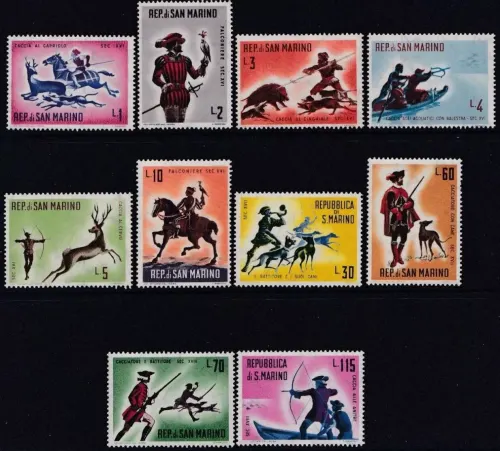

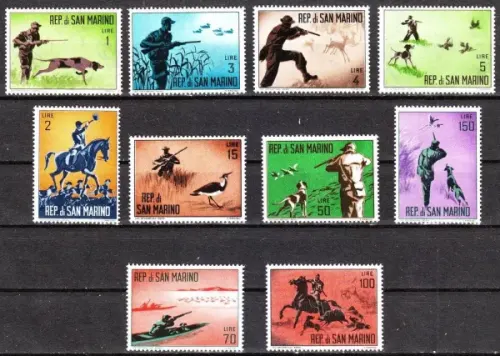
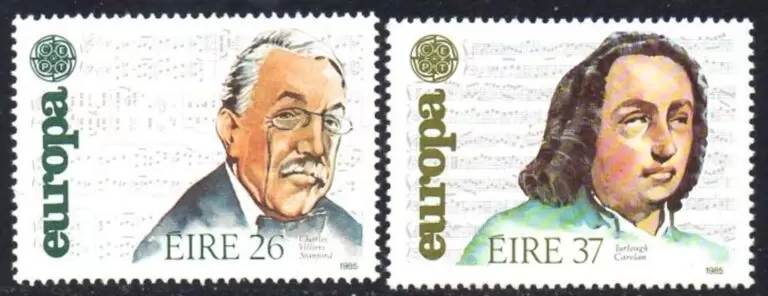
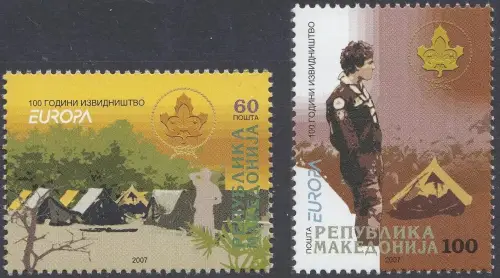
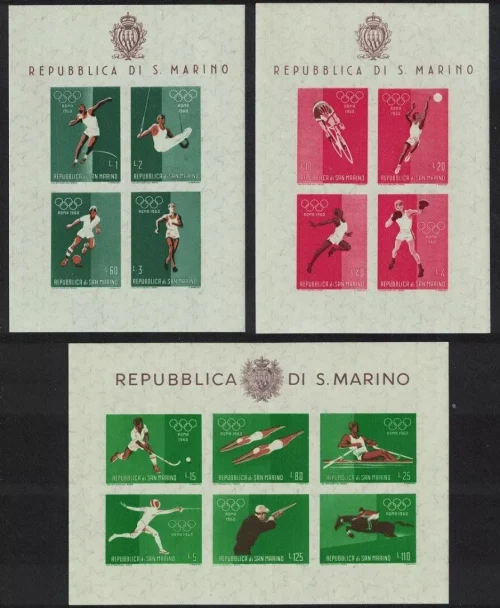

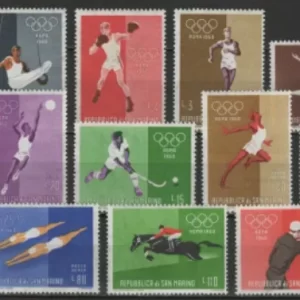


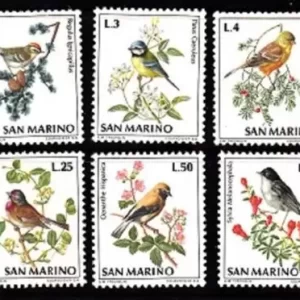
Reviews
There are no reviews yet.